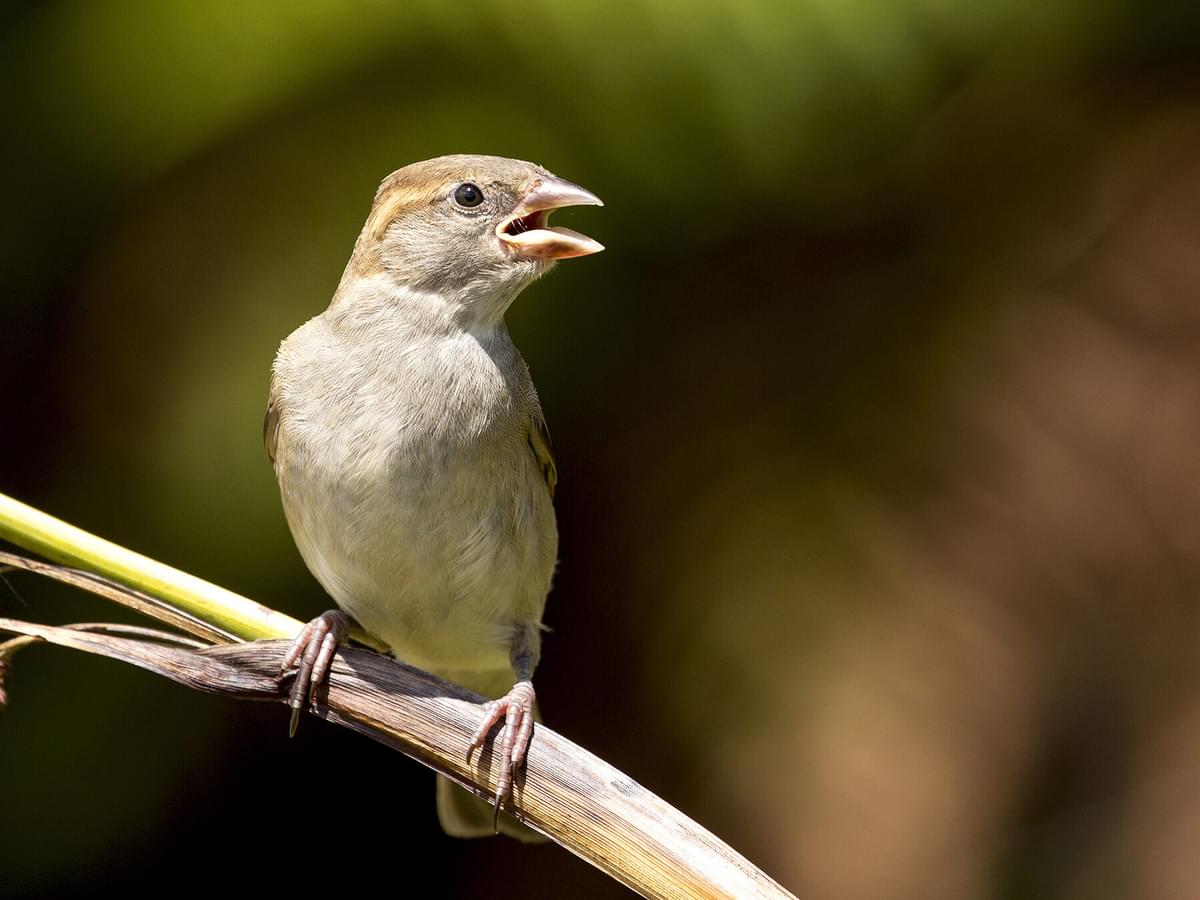Jump to Section
Why Do Birds Open Their Beaks? Unraveling the Mystery
Last updated: 18 December 2023

The Science of Birds and Heat
When the weather gets hot during the summer months, it can be a strange sight to catch a bird sat with its mouth open. At first glance, you may think that the bird is sick or just being a bit strange, but there's actually a very good reason they'll do this, and in this article, we'll go into detail why.
Birds sit with their mouth open simply to cool down. Unlike humans, birds cannot sweat, so like dogs, they'll pant with their mouths open to promote heat loss.
The technical term for this is 'gular fluttering' - which is the avian version of panting. The panting may also increase in speed, or the birds may open their mouths even wider to achieve greater cooling levels.
Although you're most likely to see birds like robins and blackbirds sat or perched with their beaks open, birds like crows and rooks will fly with their beaks open to achieve the same effect.
Other than for cooling purposes, birds will have their beaks open for more obvious reasons, such as singing, threatening displays and feeding.

Golden Eagle panting on a hot day
Do Birds Really Yawn?
All birds do yawn, but there's debate about whether this is pure 'jaw stretching' or if it regularly includes the inhalation and exhalation of air. Because of this, there's a lot of mixed opinions on whether birds do 'truly yawn'.
Cormorants and Boobies are the most obvious birds to observe 'jaw stretching' as they have the ability to flex their upper bills upwards at the nasofrontal hinge. With most other birds, it's hard to tell if they're actually breathing when they have their beaks open.
Because of this difficulty, ornithologists have spent a lot of time trying to figure out if the birds are, in fact, 'properly' yawning but have been unable to definitively answer that question.

A yawning Cormorant
Beyond Beaks: How Birds Stay Cool
Other than panting and opening their beaks, birds will also take baths and/or open their wings to make the breeze cool them down. They will also adapt their daily movement and activities to the climate - which is why sometimes, on hot days, we only really see certain birds during the cooler mornings and evenings.
As well as these other methods, birds will also consume more water than usual when the weather is warmer to keep hydrated and maintain a healthy temperature.
